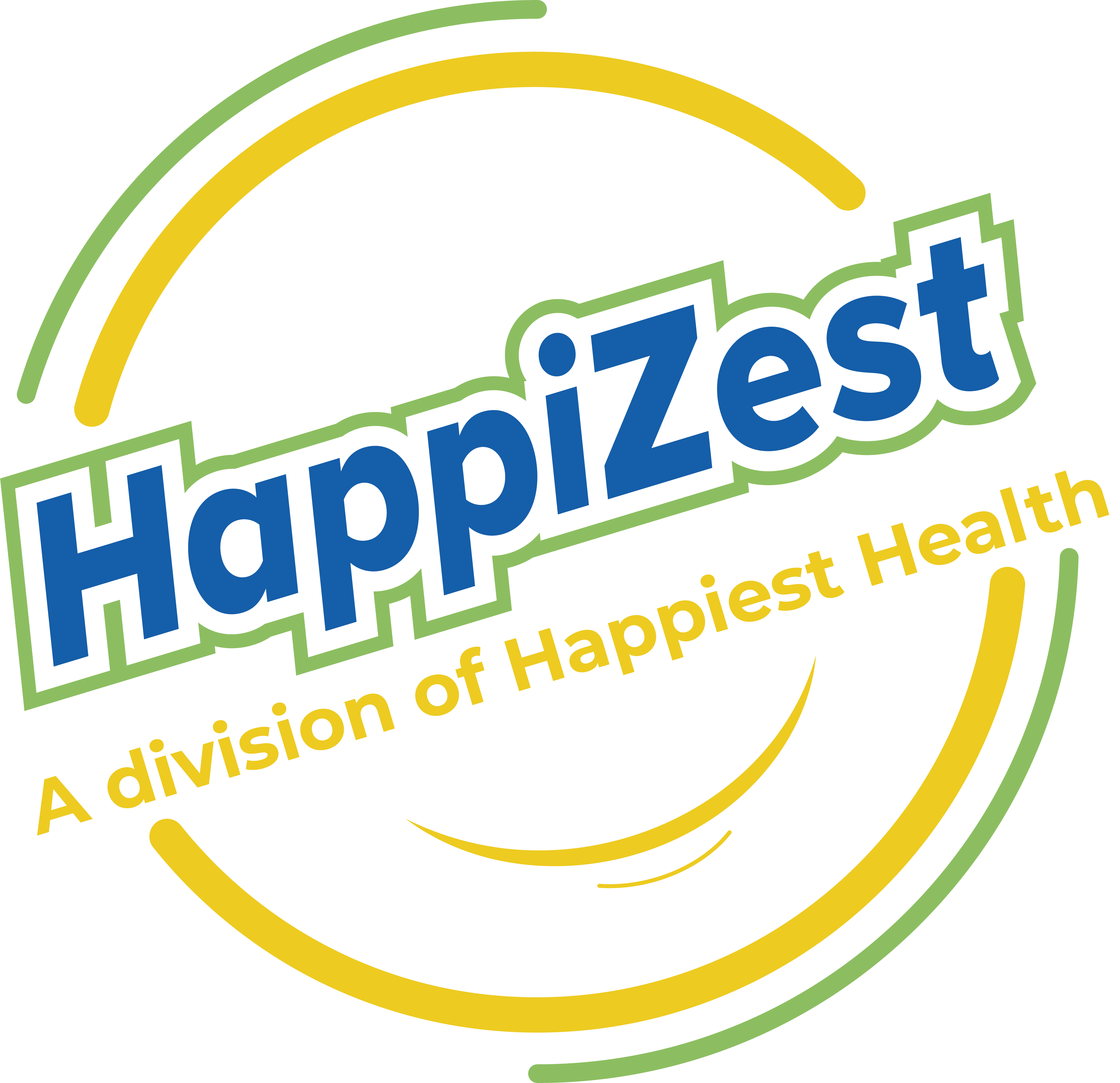Efficient program management can strengthen the alignment of your employee wellbeing objectives towards organizational business strategy, ensuring better control and better rewards for all.
Employee health and engagement programs are receiving attention from corporates, and for good reason. The benefits for employers and employees range from monetary, health to intangible benefits. The numbers from the U.S. paint a picture of what the future might be like – more than 9 out of 10 large companies with at least 50,000 employees offer an employee wellness program.
However, the common roadblocks of having a comprehensive program exists and the reasons could be that employers may find it too expensive, too complicated, or too burdensome to set up or expand employee wellness programs, but this need not be the case.

What is program management?
Program management of an employee wellbeing initiative requires coordinated management of the program to achieve the set goals and benefits. A well-managed program by experts, such as The Fuller Life, can promote employee health, productivity and job satisfaction in a number of ways and its execution doesn’t have to be complicated. We plan, execute, oversee and provide guidance to various project managers and promote coordination between them.
The ultimate aim is to fully deliver the benefits yielded by each program towards the organization. Wellness programs can be tailored to the needs and capabilities of each company and its employees.
But first, why run a program at all?
Read on to know.
Planning an engagement calendar: Things to keep in mind
We need to bear in mind that ‘no one size fits all’. Employee wellness programs can be as unique as the companies that offer them. It’s not mandatory for employees to participate as they can pick and choose the initiative that they want. You could have employees practice healthy lifestyle changes at home or at work, sign up for a health fair, or for smoking cessation programs. Yet, we need to ask ourselves while planning the calendar – Why is the program being run? What is the problem that we are trying to solve? While you do this, consider the following steps:
Branding is critical to any program
An umbrella brand name and brand vision, under which all the initiatives are housed is better for recall. Tie all the pillars of wellness under this umbrella brand with a catchy but relevant name for your program. You should always ensure that brand guidelines are adhered to in all communications.
Over-communicate the brand
Deliver to employees the brand promise with the same intensity that you deliver to customers. Make the program visible using digital screens, mailers, standees, danglers and other interesting platforms etc. Communicate these ubiquitously to create recall and positive expectations. If employees are unaware of the benefits which they can derive from the program, participation levels may remain low. Raising awareness and sparking enthusiasm among the workforce is imperative to the success of any program. Therefore, in addition to good ideation, proper branding and execution becomes imperative.
Get the philosophy right
To ensure that the programs run smoothly without hiccups, the nature of the programs should depend on the philosophy of the company, the objectives of the organisation in implementing the program and the focus areas of the program itself. Every company has a different requirement, thus it’s is important that engagement programs are tailored in order to cater to these specific requirements. Create a document that states ‘how’ and ‘why?’ you are running the program. ‘Why?’ you are running the program can include – preventing and managing chronic diseases, lowering their health and economic burden, improving employee morale and motivation, to improving employees’ overall quality of life. The ‘how’ part could include things like – Improving employees’ health and well-being, through preventive care programs.
Ask stakeholders for their version of success
Get all stakeholders to agree on the philosophy and vision of your brand. Yes, it is an internal brand but its philosophy needs discussion and agreement. Support from stakeholders can help you link health promotion objectives to business outcomes, thereby positioning wellness as a fundamental part of the organization. Asking the questions below may help in obtaining a better definition of your program:
- What are the company’s short- and long-term strategic priorities that the program will help achieve?
- What benefits can employees expect from the wellness program, and how will wellness promotion be of value to the organization?
- What are the leadership styles, pressures, strengths and weaknesses of the organization’s senior-level executives?
Set up a baseline and repeat surveys with a help of a committee
After doing a ‘needs assessment’, setup a baseline of expectations. You can establish an internal, employee-driven committee to do this, and build, propel the wellness culture in the organization. Also, using the help of this committee create a survey to assess organizational support and effectiveness for the wellness program. The survey might include the following:
- Awareness – Whether employees are aware of the program.
- Adoption – How many took part?
- Efficacy – Did the program assess employee needs and preferences?
- Advocacy – Did employees encourage participation amongst their colleagues?
Advantages of having a single point of contact to manage your program calendar
Deploying an effective employee engagement program can burn a lot of employee bandwidth. It can also be time-consuming and stressful. Right from SEZ procedures, to getting leadership on board, to smooth execution and great employee feedback, rolling out a successful program requires rigorous planning. Having a single program manager handle your calendar is helpful because:
- Experience: Program managers have years of experience planning and preparing for events. This can help during uncertainties.
- Managing internal and external partners: With experience from program managers comes connections that ensue there are no hassles in finding and managing multiple vendors.
- Metrics: Program managers are able to handle baseline surveys, as well as metrics post the event.
- Technological Aptitude: With a tech team on-hand, creating a digital backbone is simple for program managers. They even create and manage the entire web portal for you.
- Data privacy: As program managers, it is important to take the protection of data very seriously and ensure that there is no data breach. The mechanisms for this are always ready before hand.
- Bandwidth saver: Gain a new team as the program management company becomes integrated into your workforce, functioning as an extension of your team, saving you bandwidth.
- Cost: Having a dedicated team in-house is far more expensive and risky. Transfer these to the more skilled program manager and treat the costs in this context as long-term savings. his needs to be seen as a long term saving

How we handle wellbeing programs for distributed workforces – Wellbeing on the Web (WoW)
A digital wellness platform that offers wellbeing to employees and their family members anytime, anywhere.
Find all healthcare & wellness partners in one place and accelerate your efforts to provide your employees quality, holistic wellbeing solutions. Every month a new set of wellbeing resources and tools are made available so that you and your employees can always stay on top of wellness trends.
All this and more have the dedicated support of data analytics, monthly reports, weekly communications and a Client Management team.
Want to know how it works? Click here for a demo.






